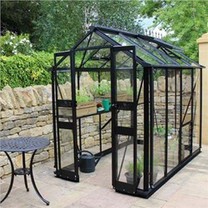During irrigation every day, check whether the working pressure and flow of each round irrigation group are the same as the design, and record the effect. During the irrigation process of the greenhouse, the operator inspects the field and repairs the problems found in time.
In the greenhouse irrigation process, the end of each drip irrigation pipeline needs to be opened in turn, and the small particles accumulated at the end of the drip tube are washed with high-pressure water. The pipes are opened one by one to ensure that there is sufficient pressure, and no small area is allowed to open. During the irrigation process, ensure that the water outlet of the dripper is in the air to prevent the dust from sucking out the dripping pipe and causing blockage when the water is stopped. Drip irrigation pipelines must be exposed on the ground and are not allowed to be buried in sand. During the irrigation season, it is necessary to ensure that the lower ball valve is in the fully open position to eliminate damage caused by air. The greenhouse is constructed by simulating the growth of plants, so it is basically not affected by the environment. For example, vegetables such as tomatoes and cucumbers that were only eaten in summer can now be eaten all year round. Because by controlling the temperature in the greenhouse, it can be cultivated in the greenhouse in spring, and it can also be cultivated in the cold winter. However, high-level technology is required for cultivation to reasonably control temperature and humidity, so as to achieve the desired results. Greenhouses can be roughly divided into three types during planting, namely cultivation, seedling raising, and seed production.
These three types are suitable for different situations, and the cultivation is mainly suitable for early-maturing products in spring. Seedlings are mainly cultivated in winter and seed production in spring. Seed production is mainly based on winter and spring production.






